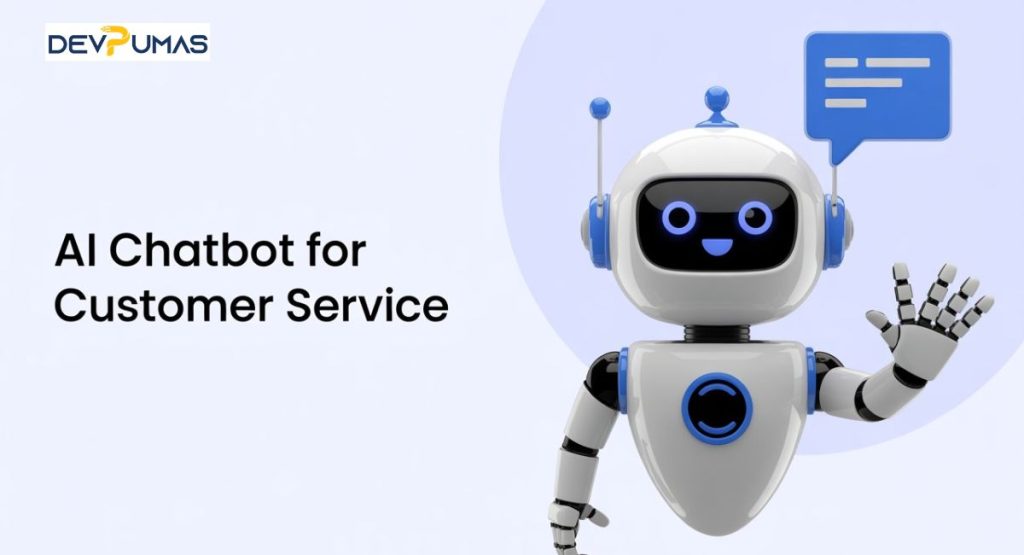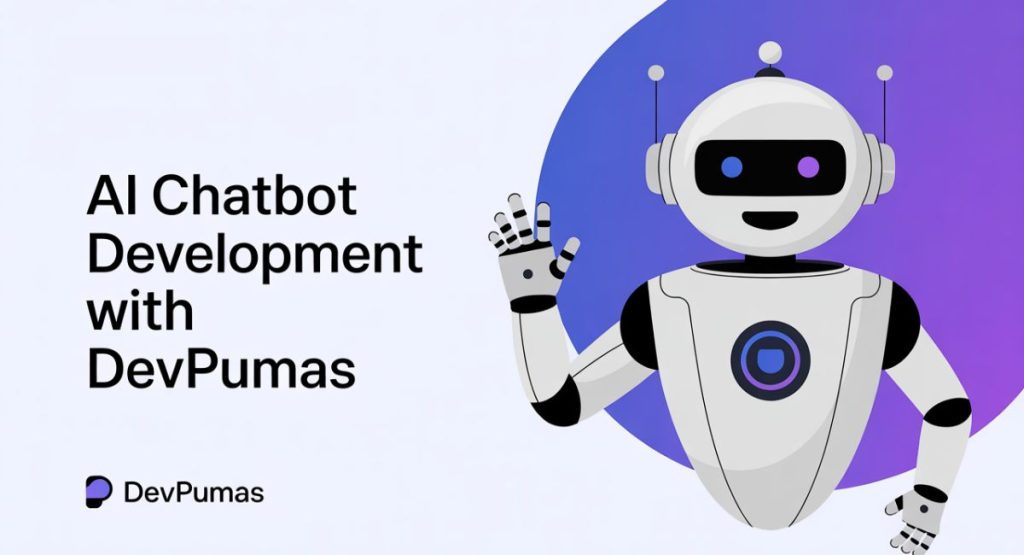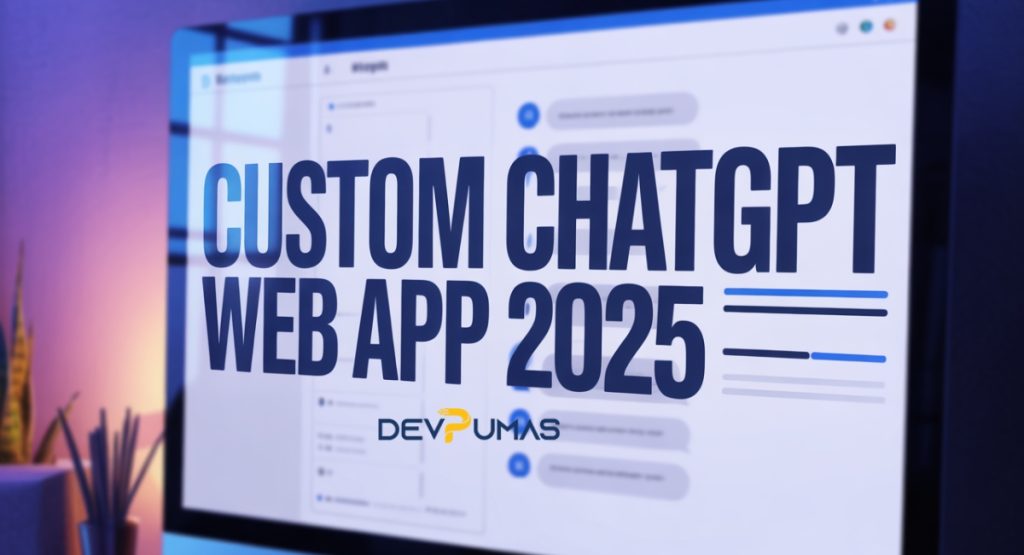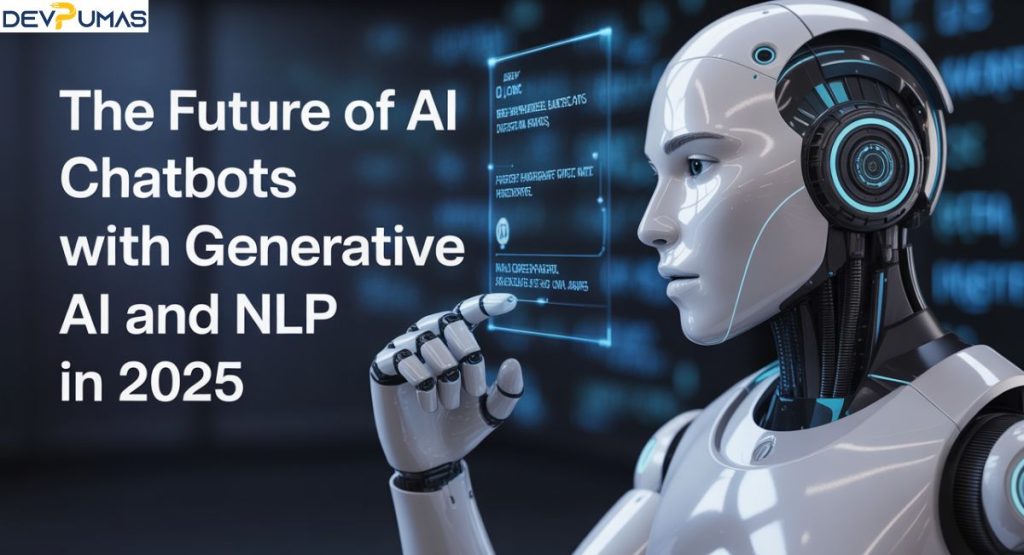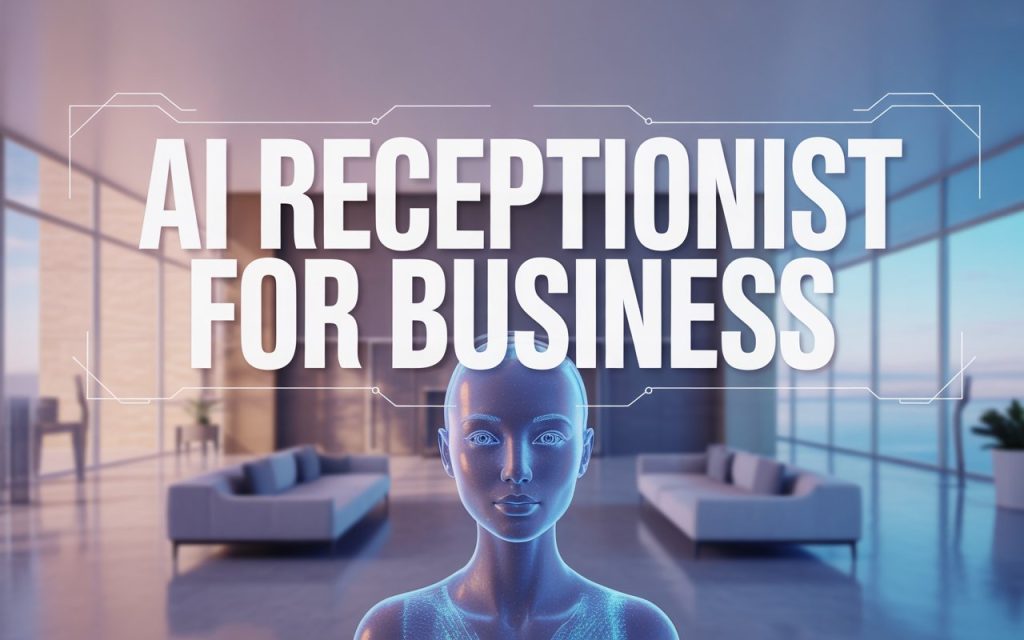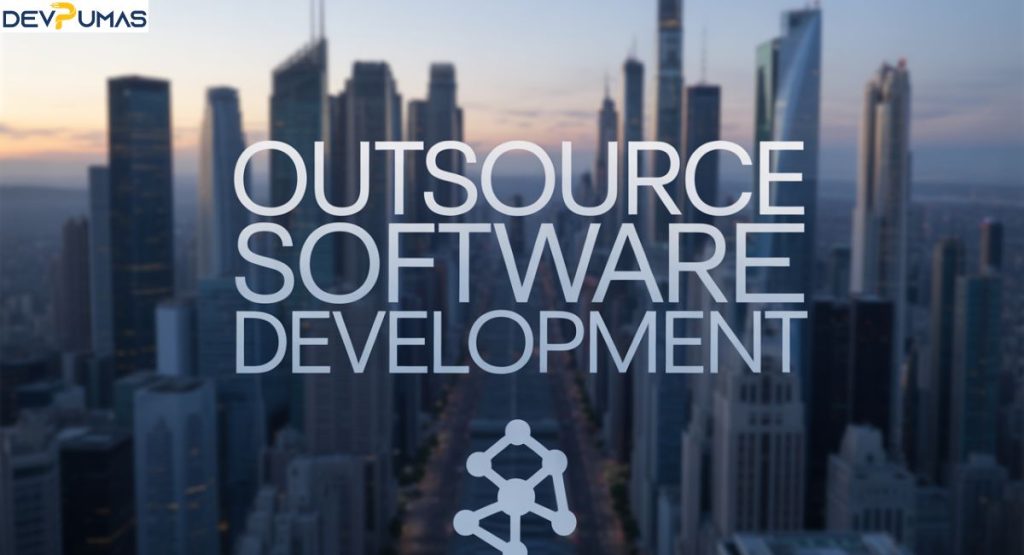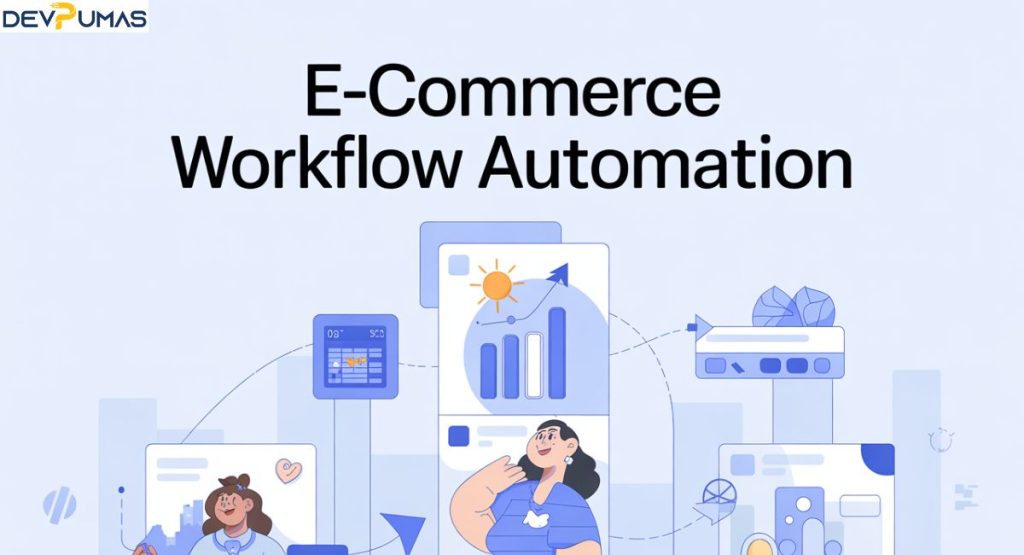AI Chatbot for Customer Service: Benefits, Use Cases & Future Trends in 2025
Introduction In today’s fast-paced digital world, customers expect quick, reliable, and personalized help around the clock. An AI Chatbot for Customer Service makes this possible by combining customer support automation with smart learning technology. Unlike traditional systems, these bots provide instant answers, manage multiple conversations, and deliver AI-powered customer experience without delays. With features like live chat automation and AI helpdesk solutions, businesses can save costs while ensuring seamless support across different channels. From small retailers to global enterprises, adopting AI chatbot solutions leads to faster problem-solving, improved satisfaction, and better loyalty. The future clearly belongs to customer service automation tools. What Is an AI Chatbot for Customer Service? An AI Chatbot for Customer Service is a virtual tool that helps people by answering questions, solving issues, and guiding them. It works with AI-powered customer experience systems that understand human language and reply in a natural way. Unlike live agents, these bots never get tired and can help thousands at the same time. The technology behind chatbots combines chatbot integration for websites, automation, and smart data analysis. For example, a bank in the USA can use an AI virtual assistant for support to check account balances or report fraud in seconds. By using personalized customer interactions with AI, companies make support faster and friendlier. Why Every Business Needs an AI Chatbot for Customer Service Businesses today face higher customer expectations than ever. Customers want instant help, and an AI chatbot customer support system delivers that experience. These bots allow live chat automation, making sure customers always get answers even after office hours. A major reason for adoption is the ability to reduce support costs with AI chatbots. Hiring large teams is expensive, but automation reduces workload while keeping service levels high. From small shops in Canada to global brands in the UK, every company benefits from customer service automation tools. Key Benefits of Using an AI Chatbot for Customer Service The biggest advantage is 24/7 customer support chatbot availability. Customers in different time zones never feel ignored. These bots can also handle many conversations at once, which means no more long waiting lines. Businesses find it easier to improve customer satisfaction with AI through fast and reliable help. Another benefit is data collection. Every interaction gives insight into customer behavior. This helps companies improve products and services. With AI helpdesk solutions, businesses keep support consistent, accurate, and scalable. The outcome is stronger loyalty and better brand reputation. Common Use Cases of an AI Chatbot for Customer Service Retailers in the UK use chatbot for customer engagement to help shoppers track orders, find items, or make returns. Banks rely on AI chatbot solutions for secure account management. Healthcare providers in Canada use them to schedule appointments or share medical guidance. Even travel and hospitality industries benefit. Airlines use multichannel customer service automation to update flight details or rebook tickets instantly. Telecom companies use AI-powered customer experience systems to troubleshoot internet problems without human agents. The list of applications keeps expanding as new industries adopt them. Challenges of Implementing an AI Chatbot for Customer Service Although powerful, building and running an AI Chatbot for Customer Service isn’t simple. The upfront cost can be high, and integration with old systems may take time. Some users still prefer humans, so companies must balance automation with live agents. Privacy is another major issue. Businesses in the USA, UK, and Canada must follow strict rules like GDPR and CCPA. Keeping data safe is critical when using AI chatbot customer support tools. Regular updates, training, and ethical use also remain challenges for global adoption. The Future of AI Chatbot for Customer Service in 2025 By 2025, chatbots will offer even more personalized customer interactions with AI. Thanks to the future of AI in customer service, bots will predict customer needs before they even ask. Imagine a 24/7 customer support chatbot that not only solves a problem but also suggests a better solution. Advances will include voice-enabled bots, AR-powered support, and smarter automation. AI virtual assistant for support tools will handle payments, bookings, and technical support with natural speech. The shift shows how conversational AI for business is redefining customer engagement worldwide. Future Trend in 2025 Example Application Voice AI Virtual assistants in banking Predictive Support E-commerce product suggestions AR/VR Help Travel and tourism bookings Multilingual Chatbots Cross-border retail support How to Choose the Right AI Chatbot for Customer Service Choosing the best system depends on your industry and goals. For e-commerce, the focus may be chatbot integration for websites with payment options. For healthcare, security and data safety matter most. Companies should look at features, scalability, and compliance before making a choice. Another factor is vendor support. Businesses should pick AI chatbot solutions providers with strong experience and reliable service. A proper setup ensures long-term success, smooth customer interactions, and improving customer satisfaction with AI at every step. Our AI Chatbot for Customer Service Solutions At DevPumas, we design advanced AI help desk solutions for global businesses. Our systems include AI chatbot customer support, multilingual bots, and AI-powered customer experience tools that adapt to your industry. Companies in the UK, USA, and Canada already trust our solutions to stay competitive. From AI virtual assistants for support to customer service automation tools, we build flexible platforms. These solutions improve sales, cut costs, and deliver personalized customer interactions with AI. Partnering with DevPumas means adopting smarter tools that help your business grow in 2025 and beyond. FAQs Q1: What is an AI Chatbot for Customer Service? An AI Chatbot for Customer Service is a smart tool that uses conversational AI for business to provide instant help, solve issues, and guide users without needing a live agent. Q2: How does an AI Chatbot improve customer support? It delivers 24/7 customer support chatbot service, reduces waiting times, and ensures personalized customer interactions with AI that make the customer journey smoother. Q3: What are the key benefits of using an AI Chatbot for Customer Service? The main benefits include cost savings,
AI Chatbot for Customer Service: Benefits, Use Cases & Future Trends in 2025 Read More »

